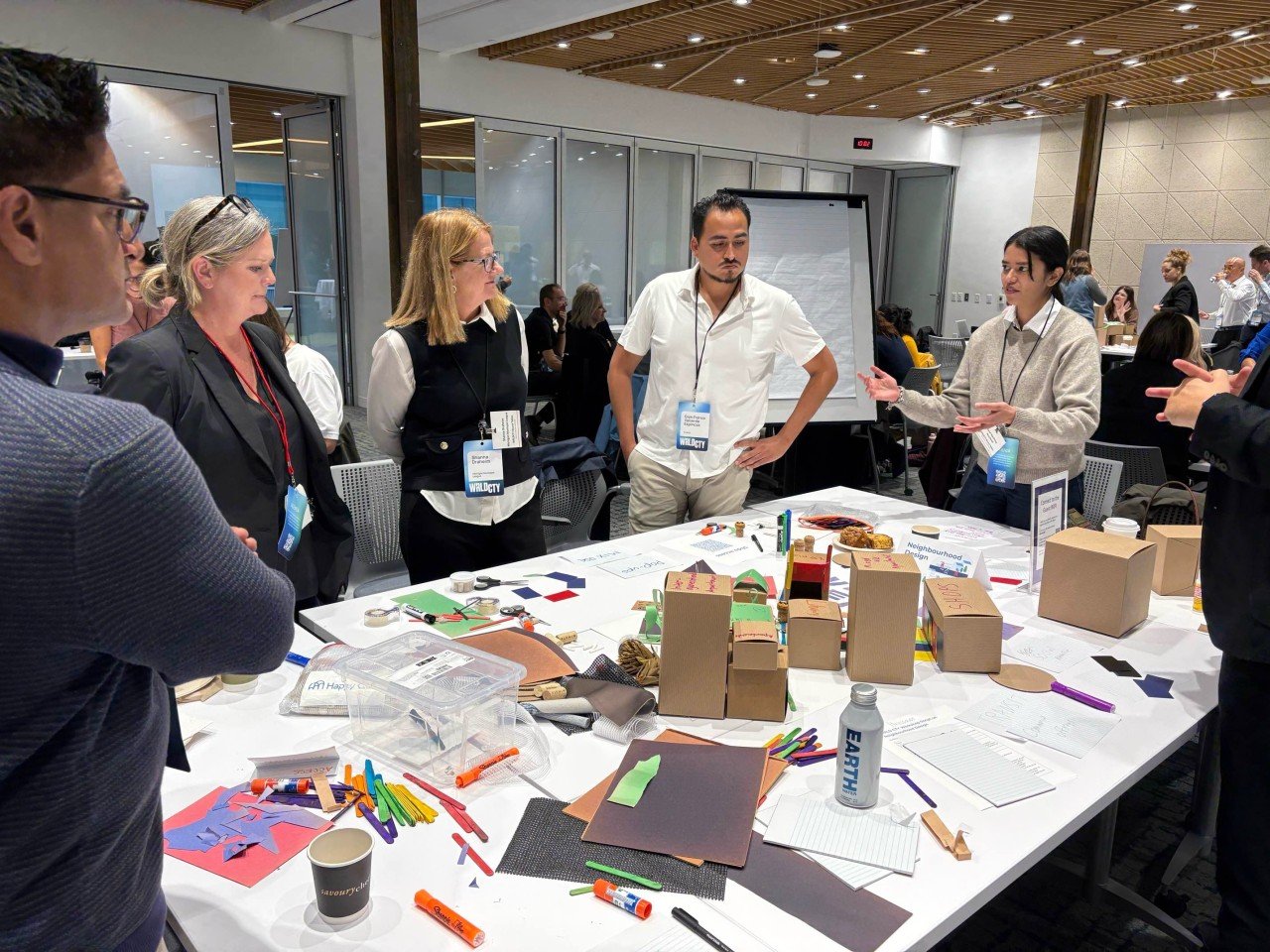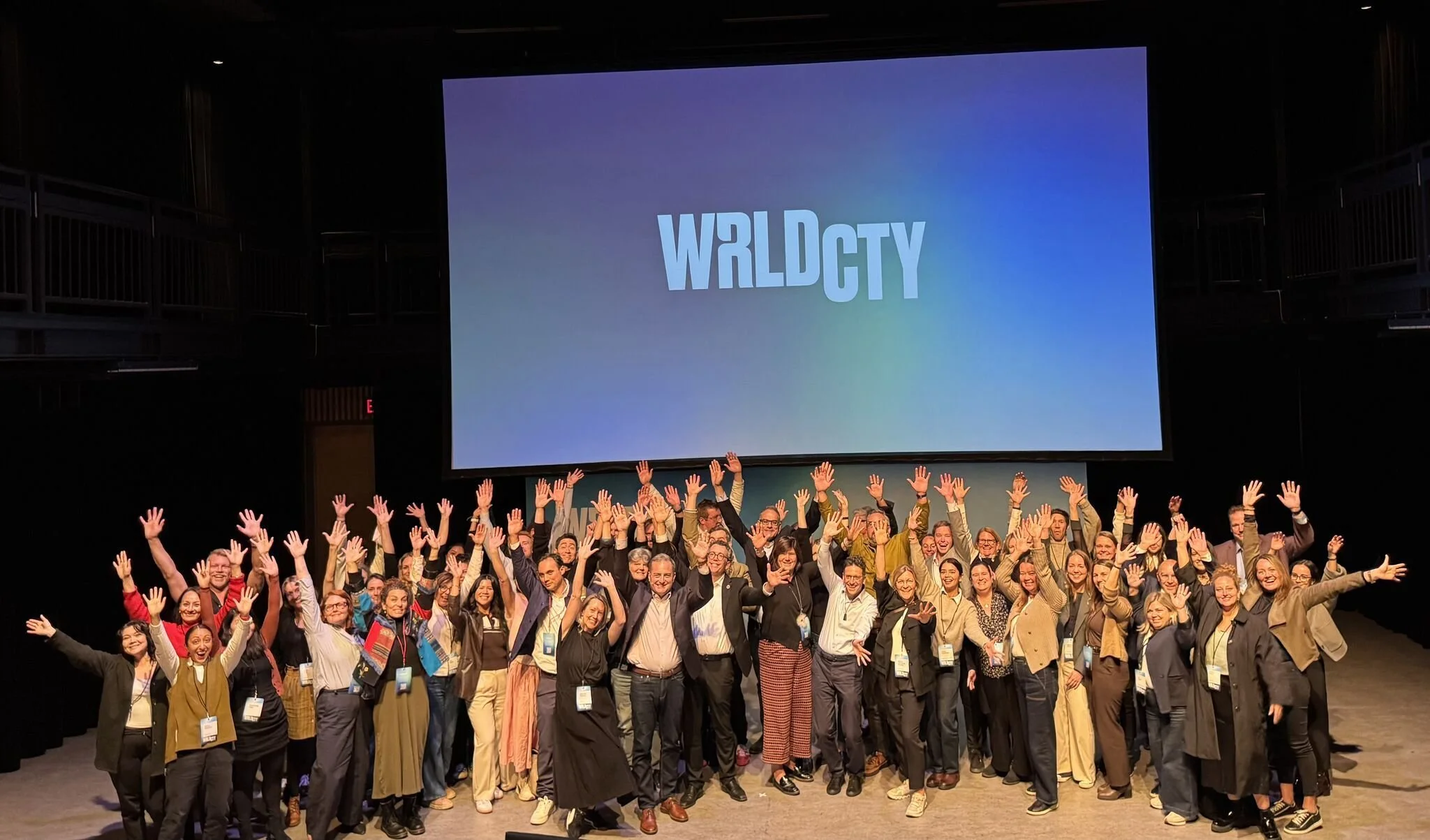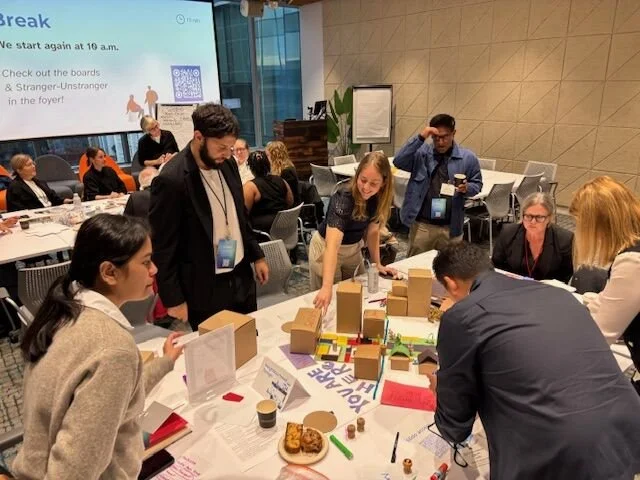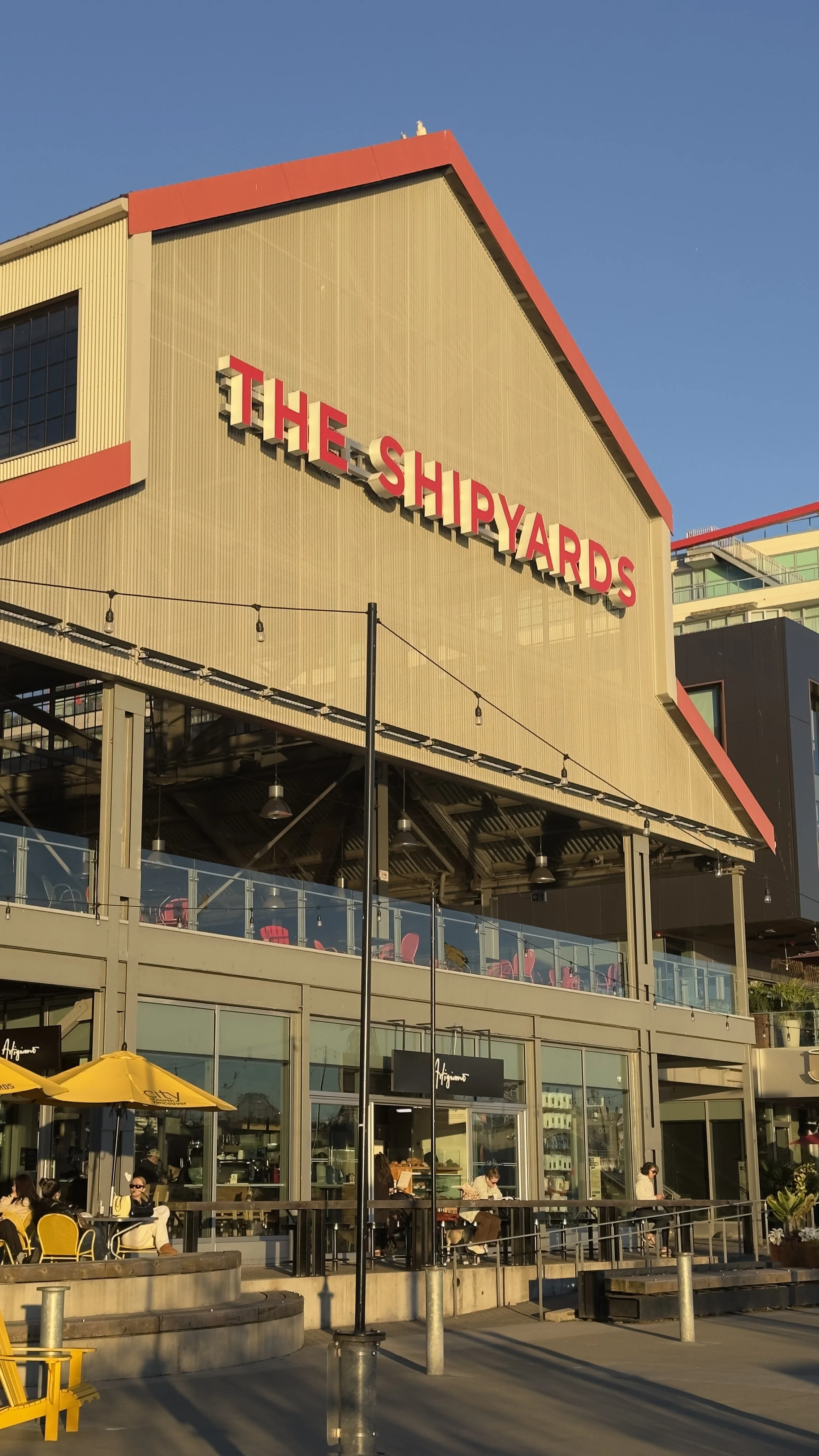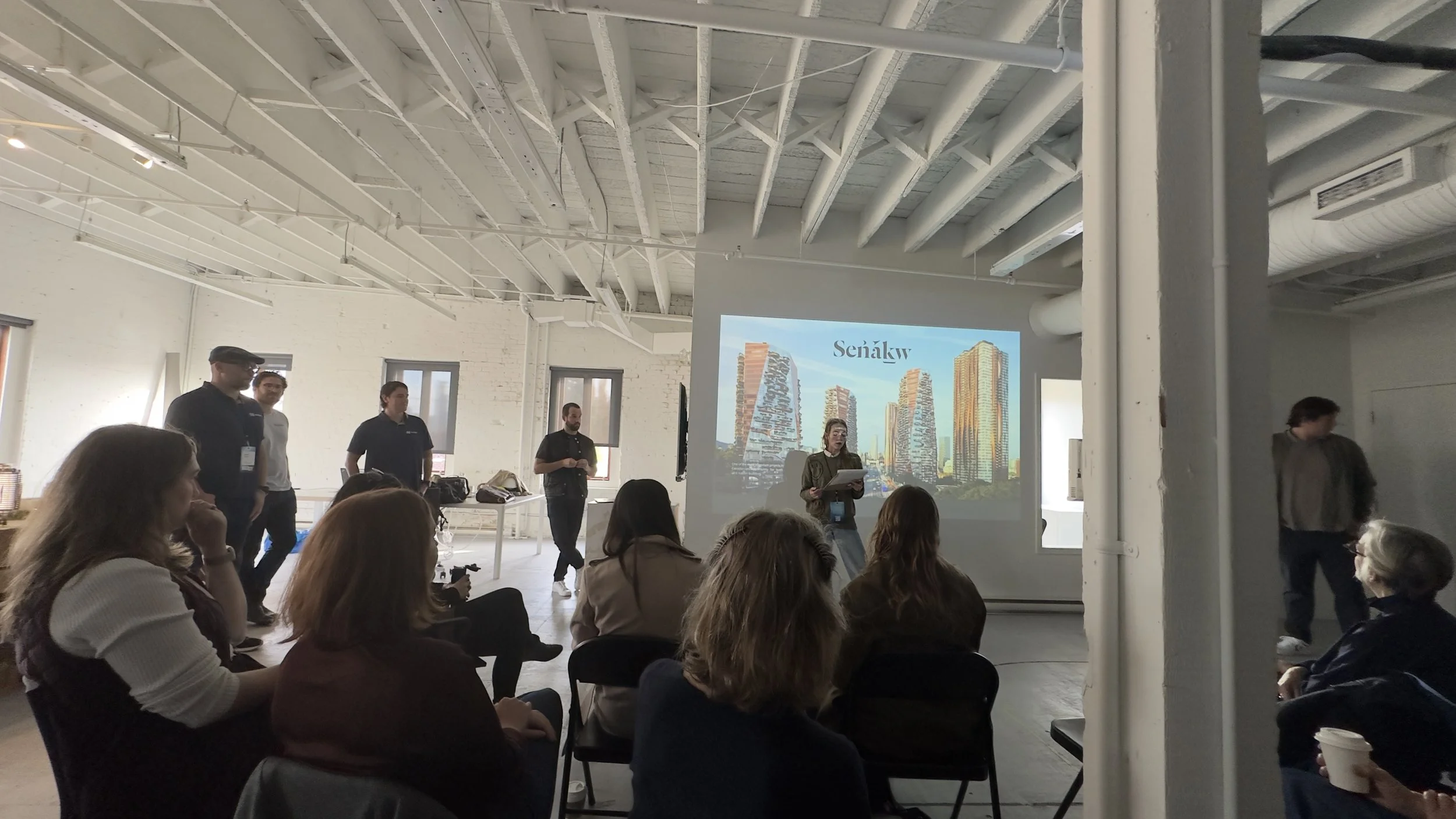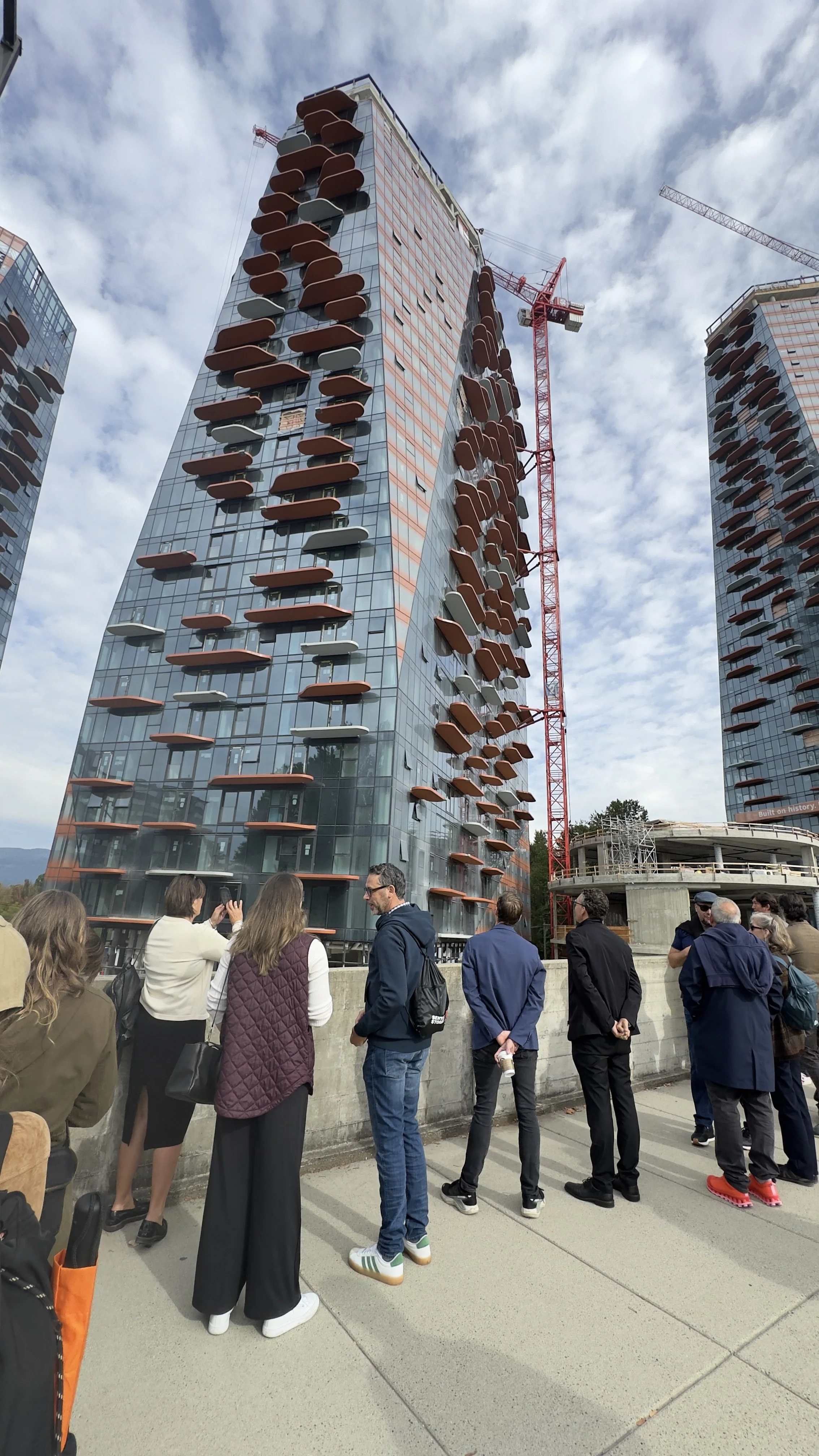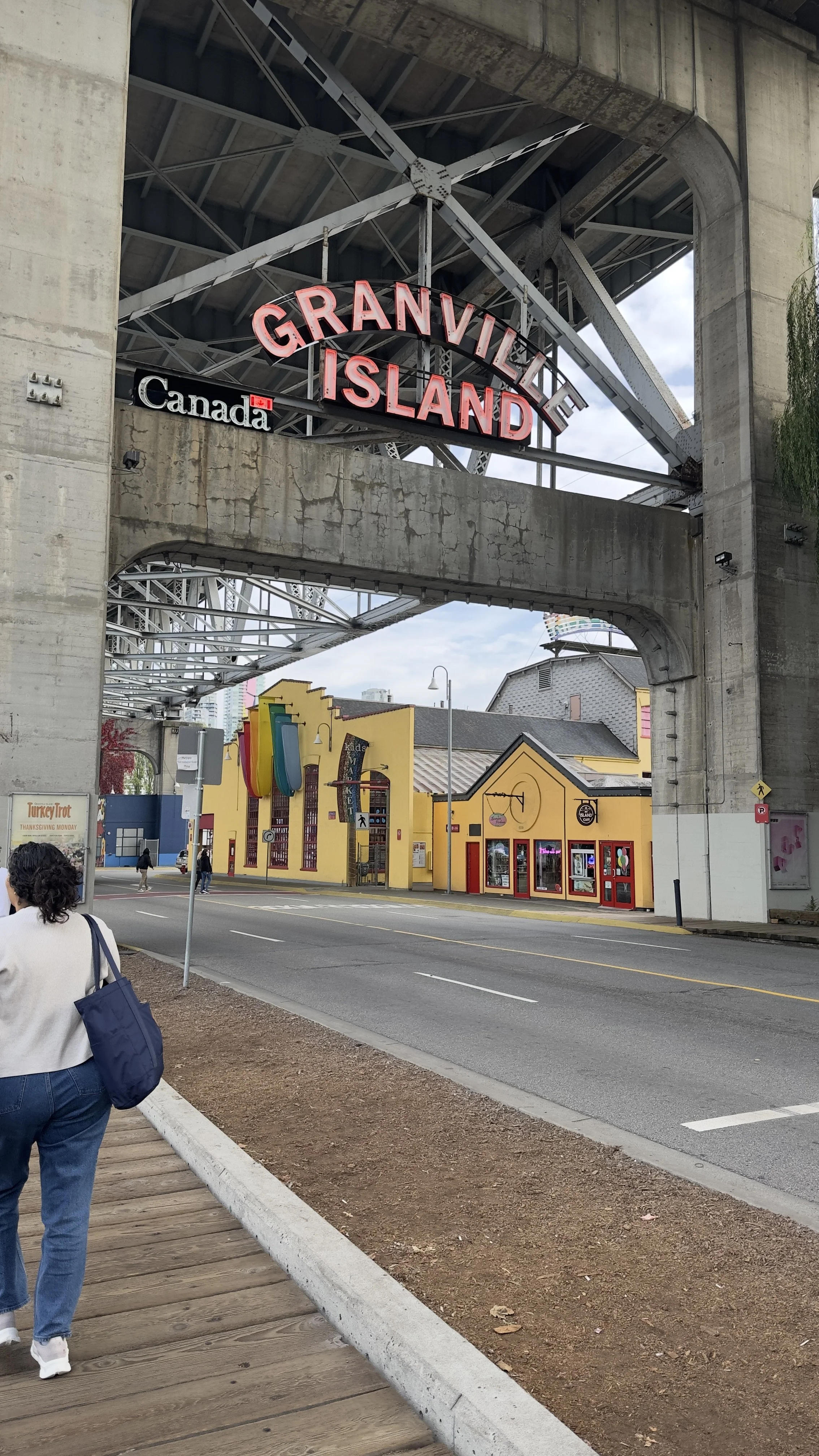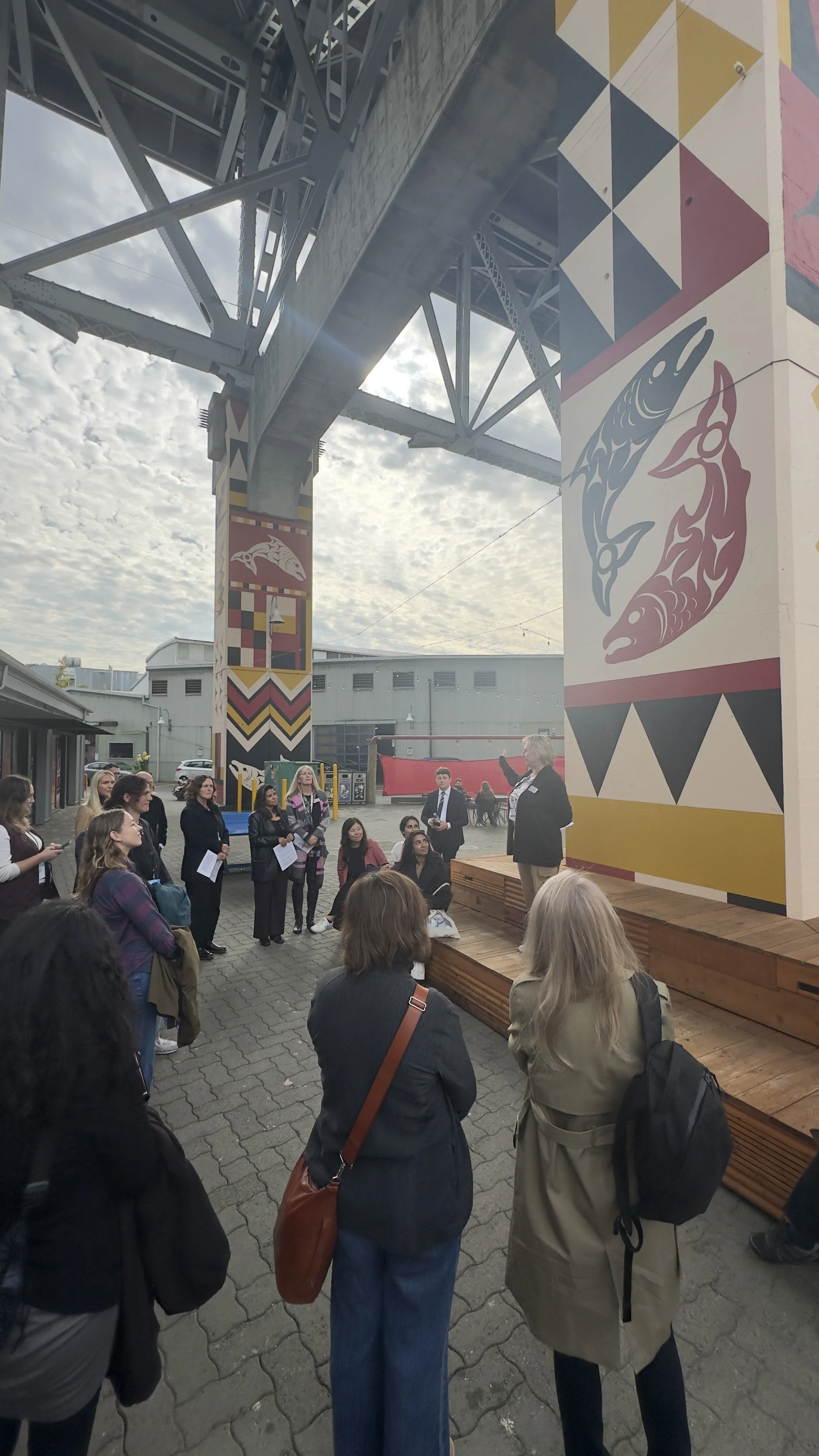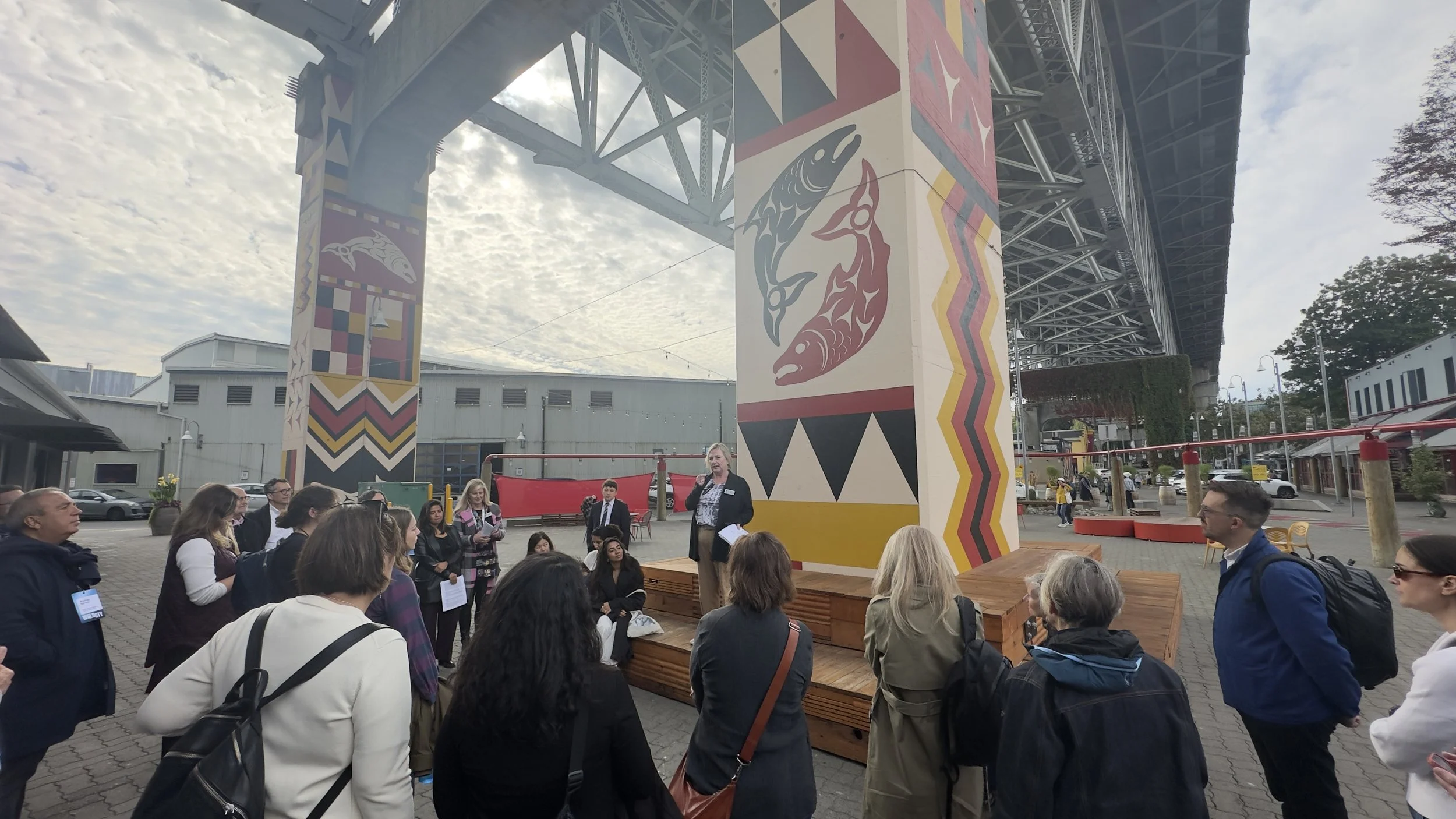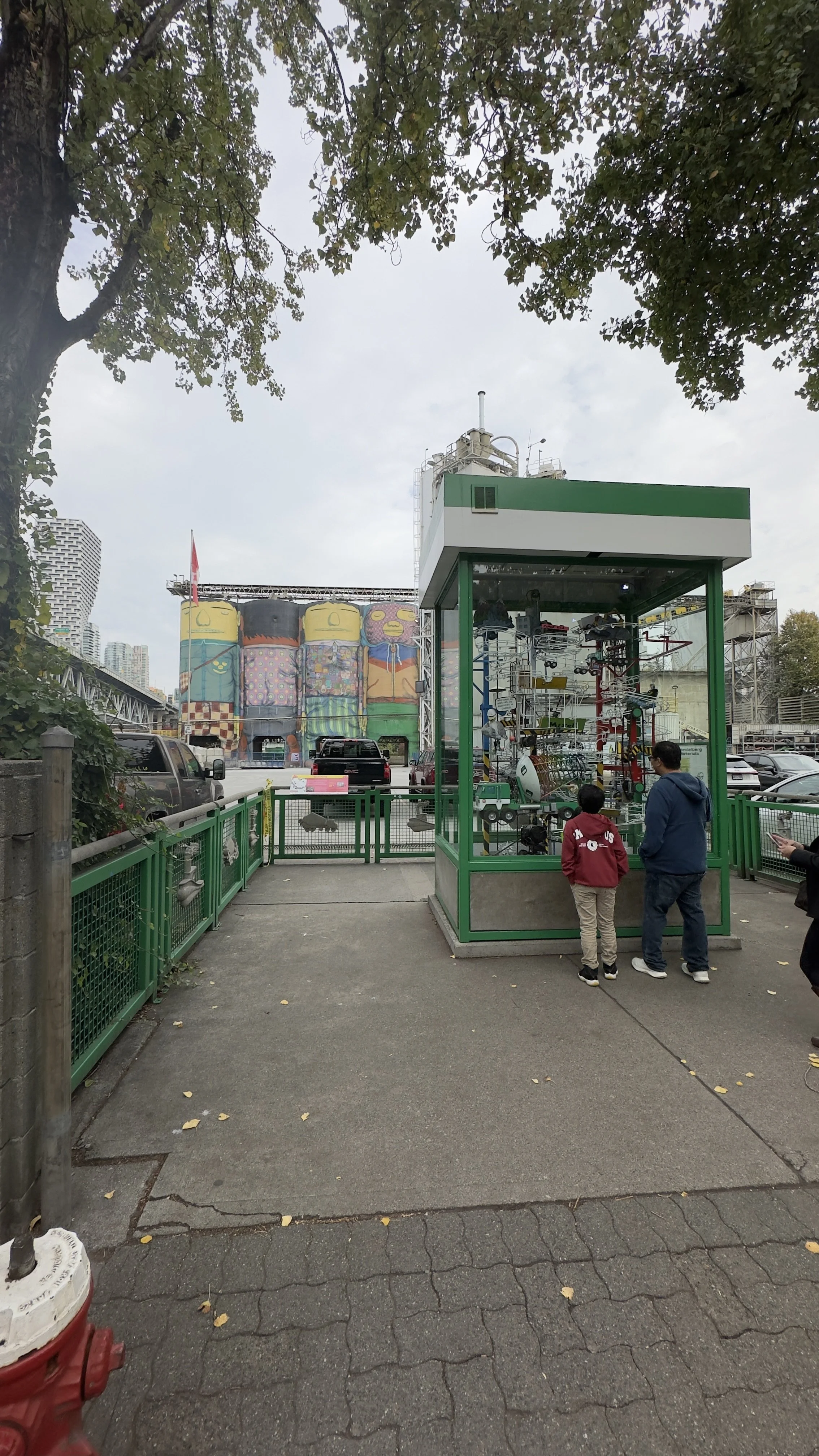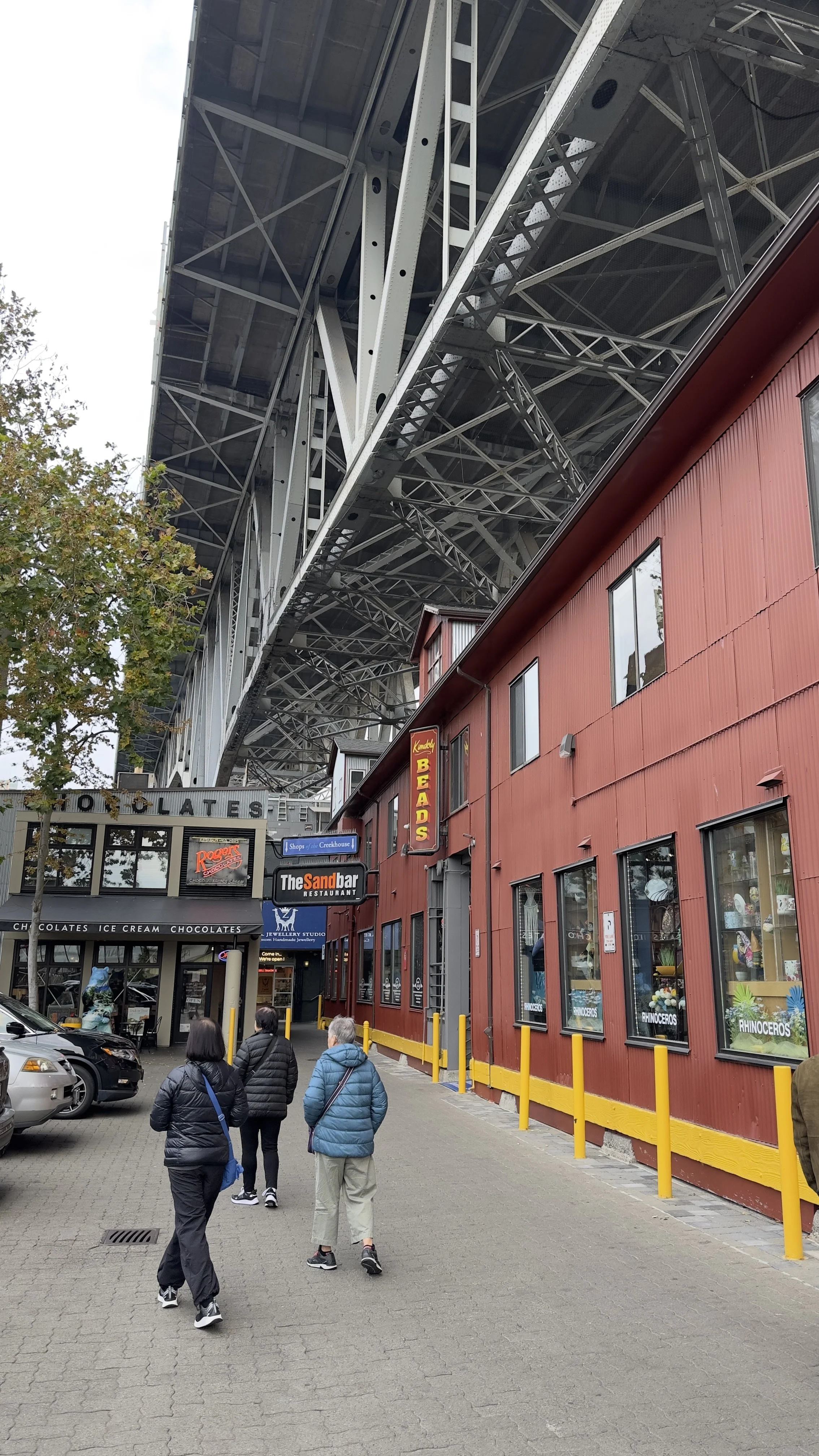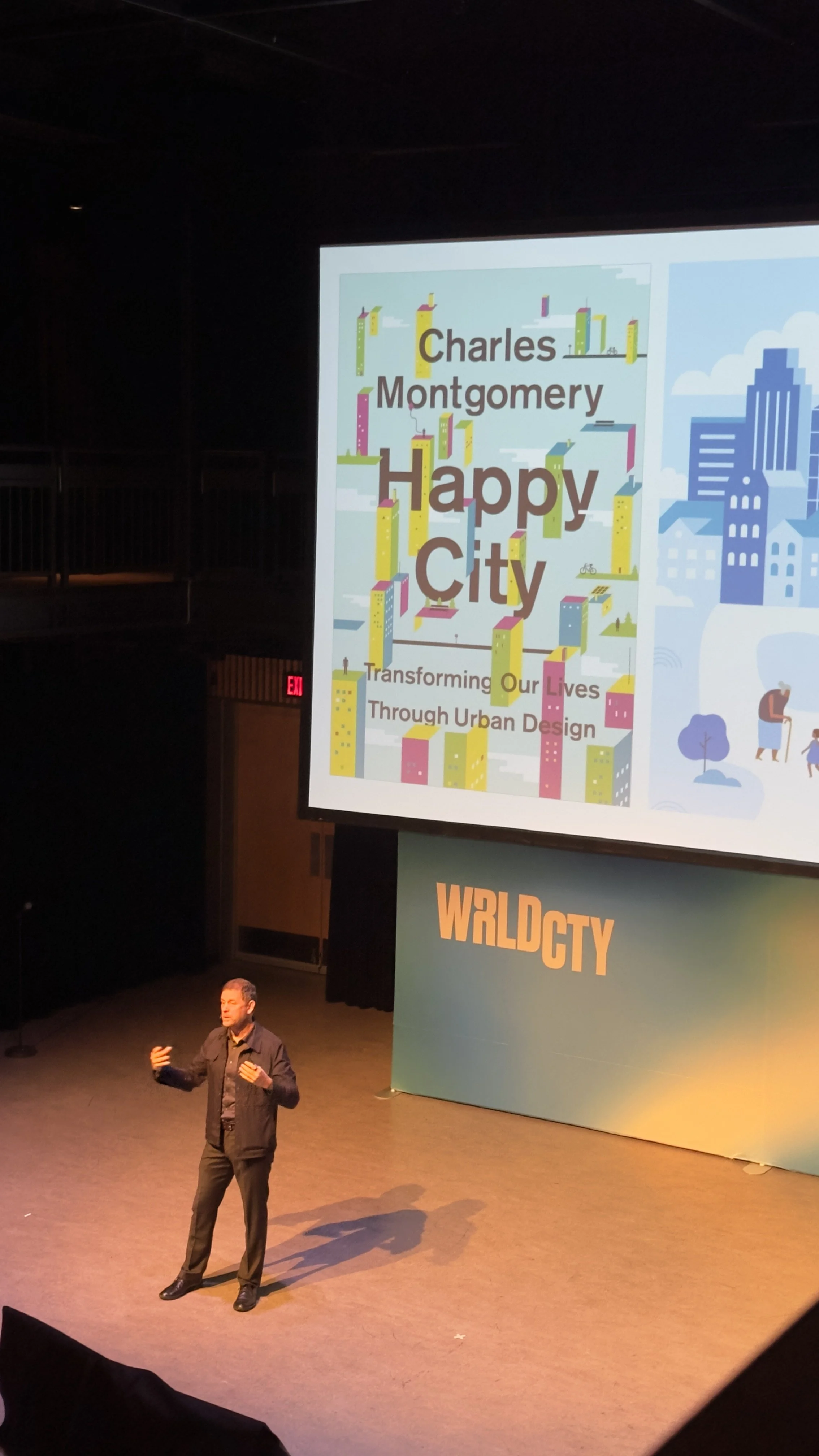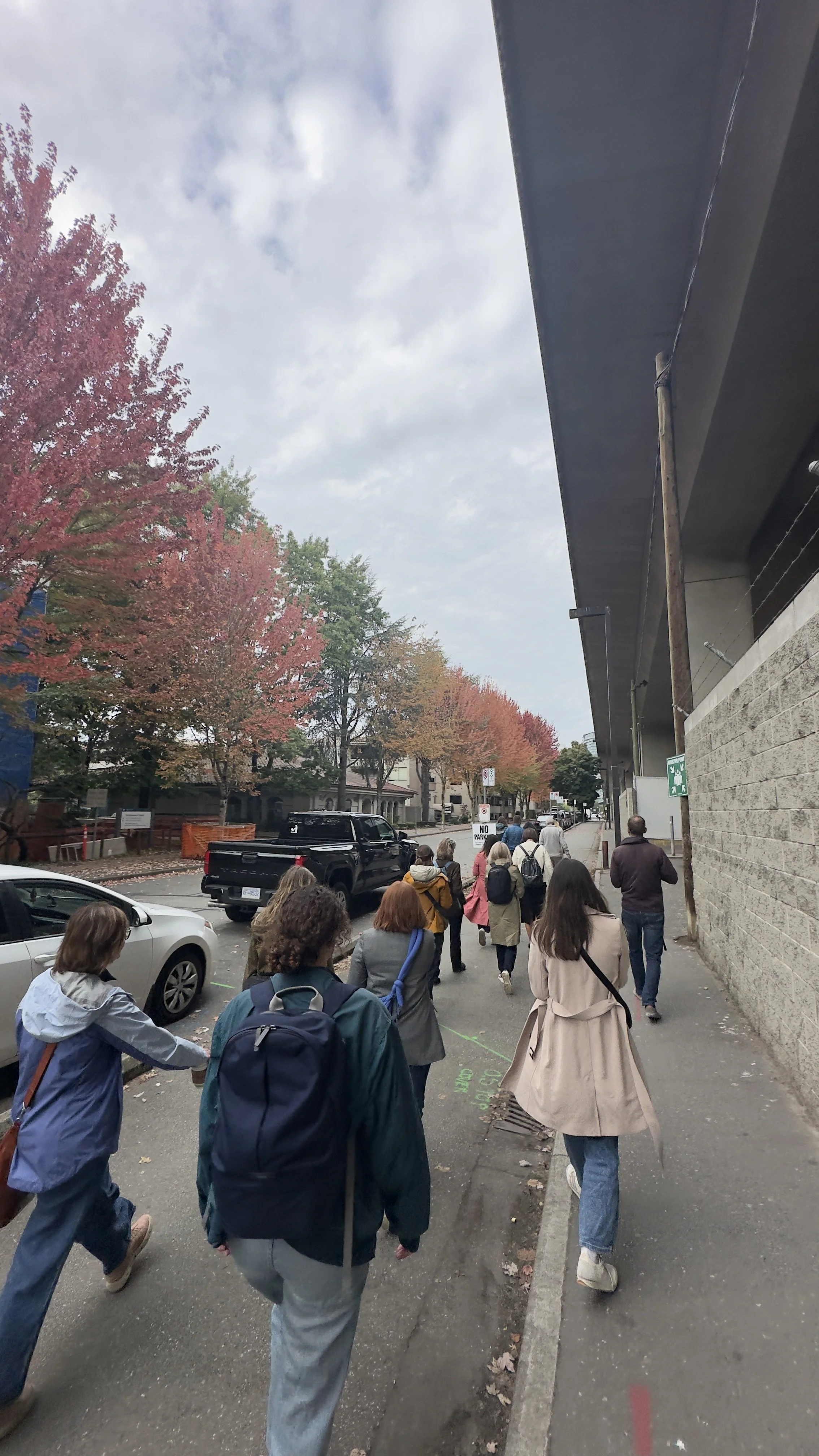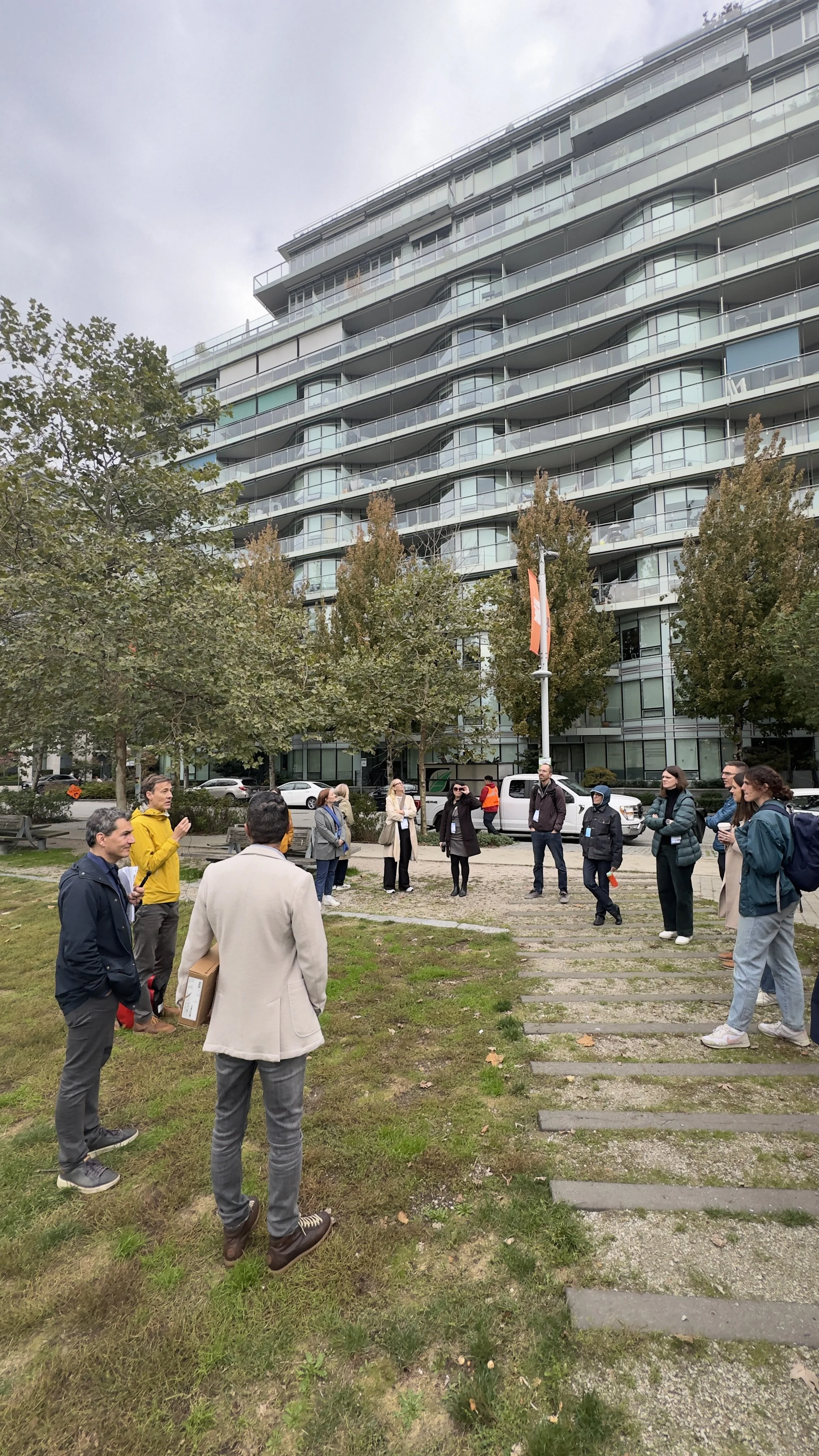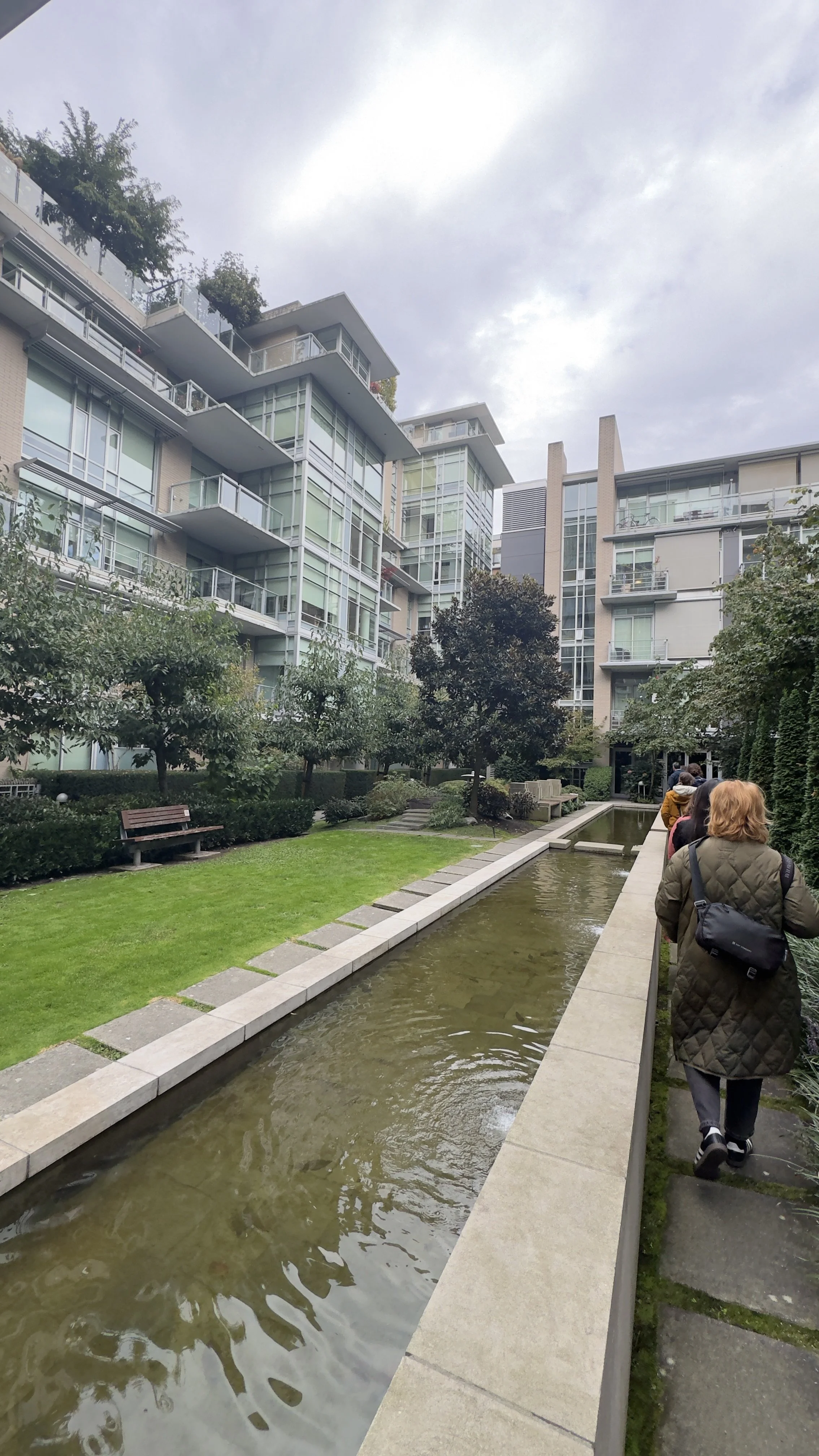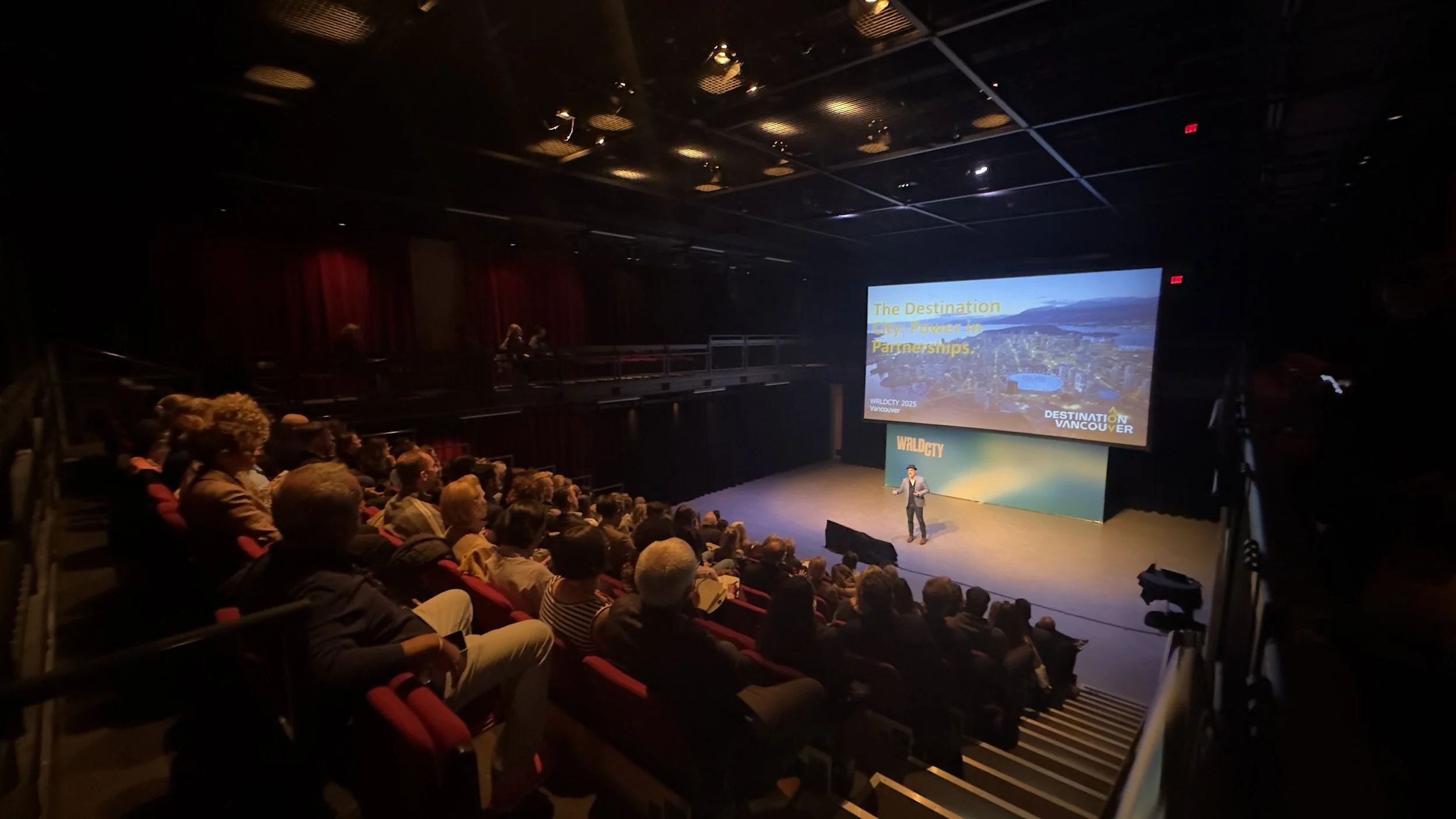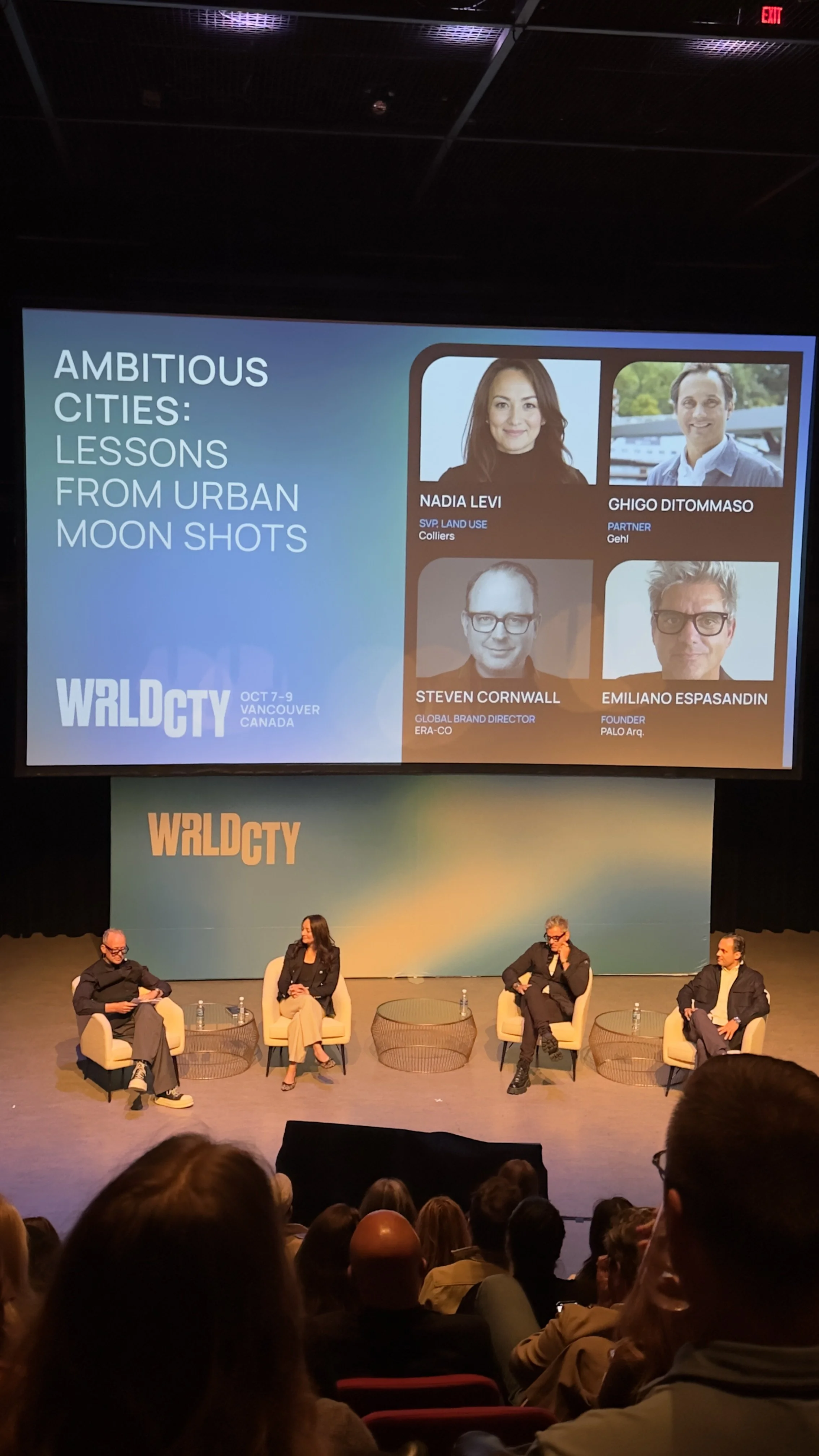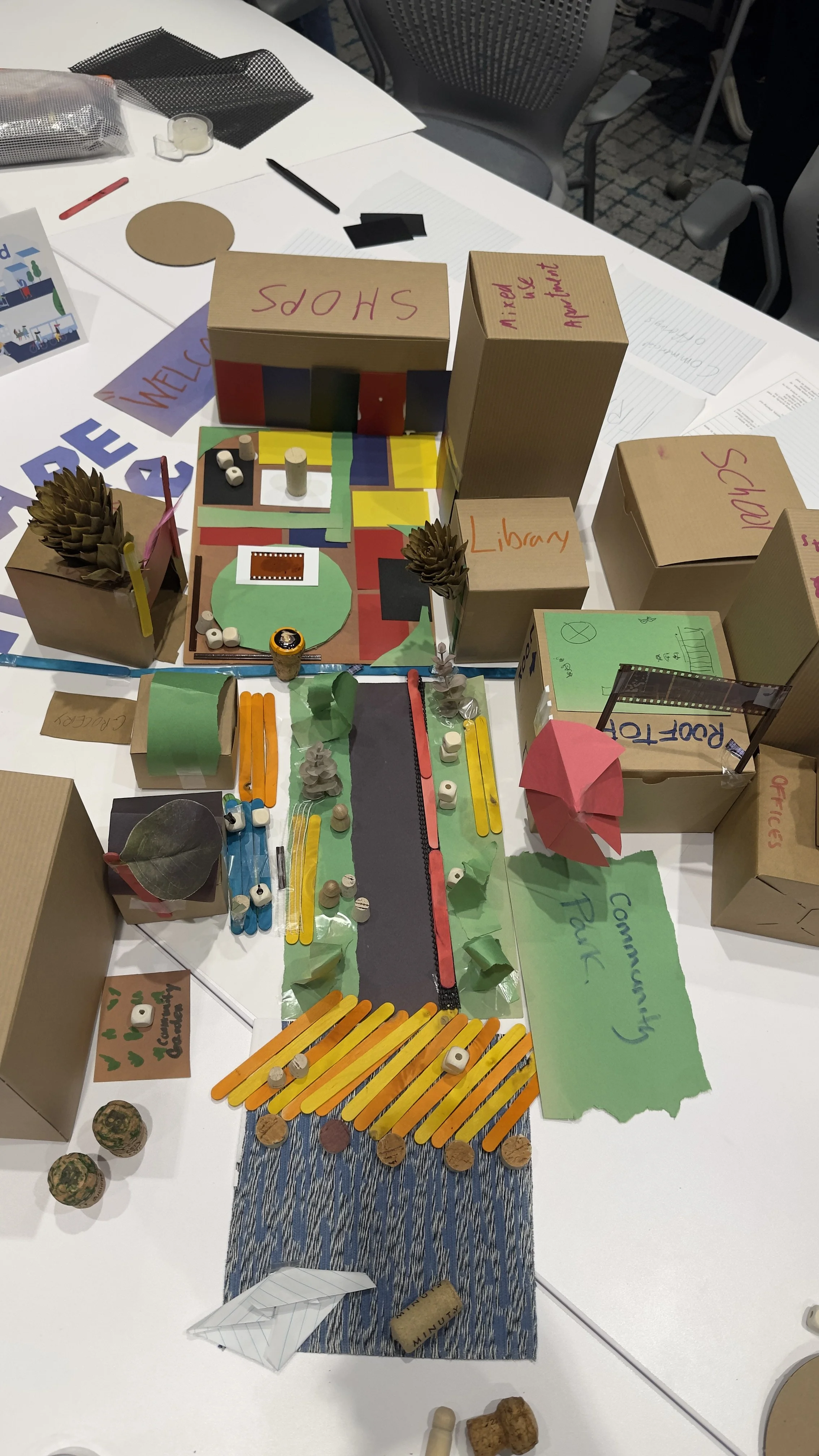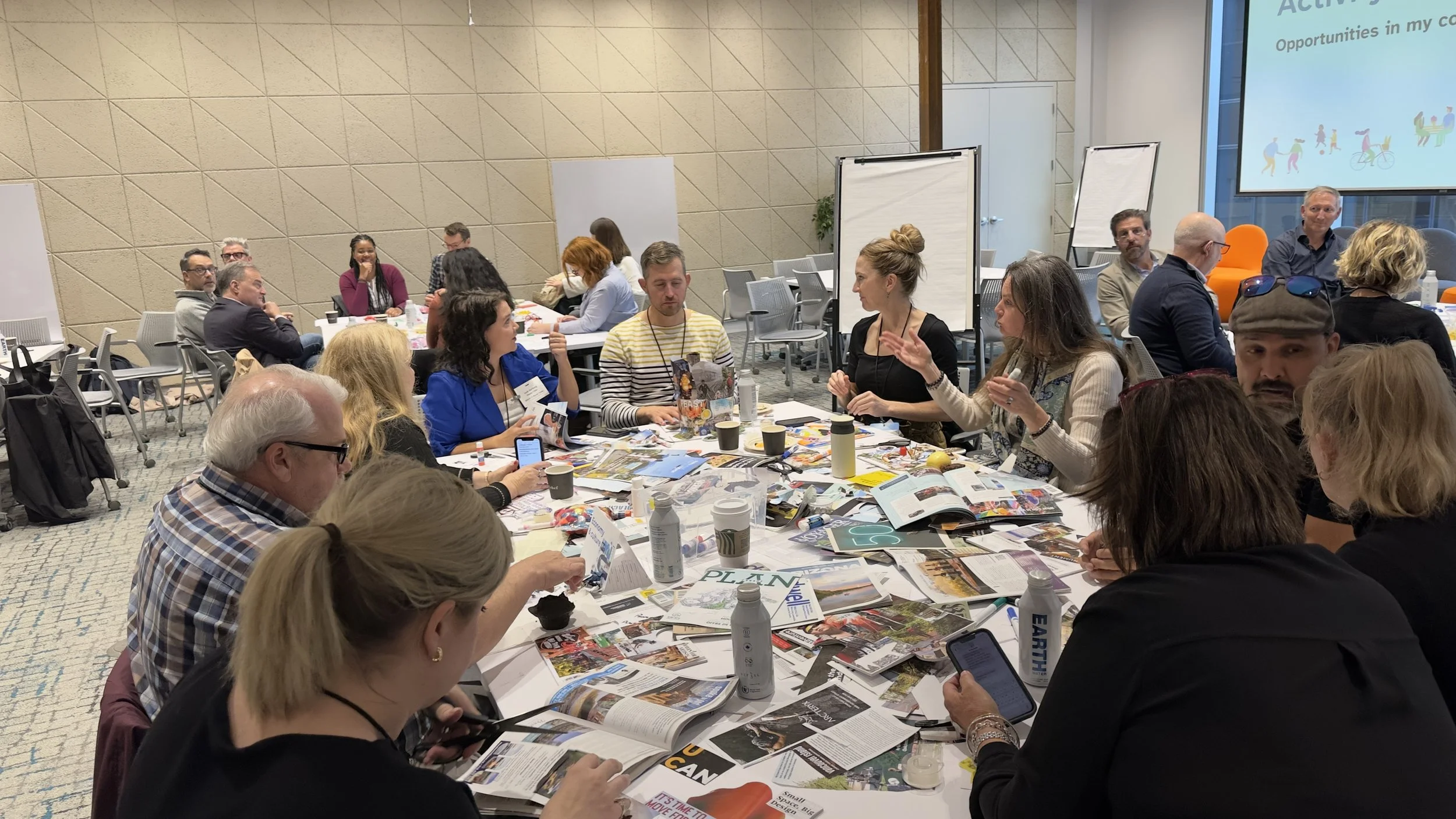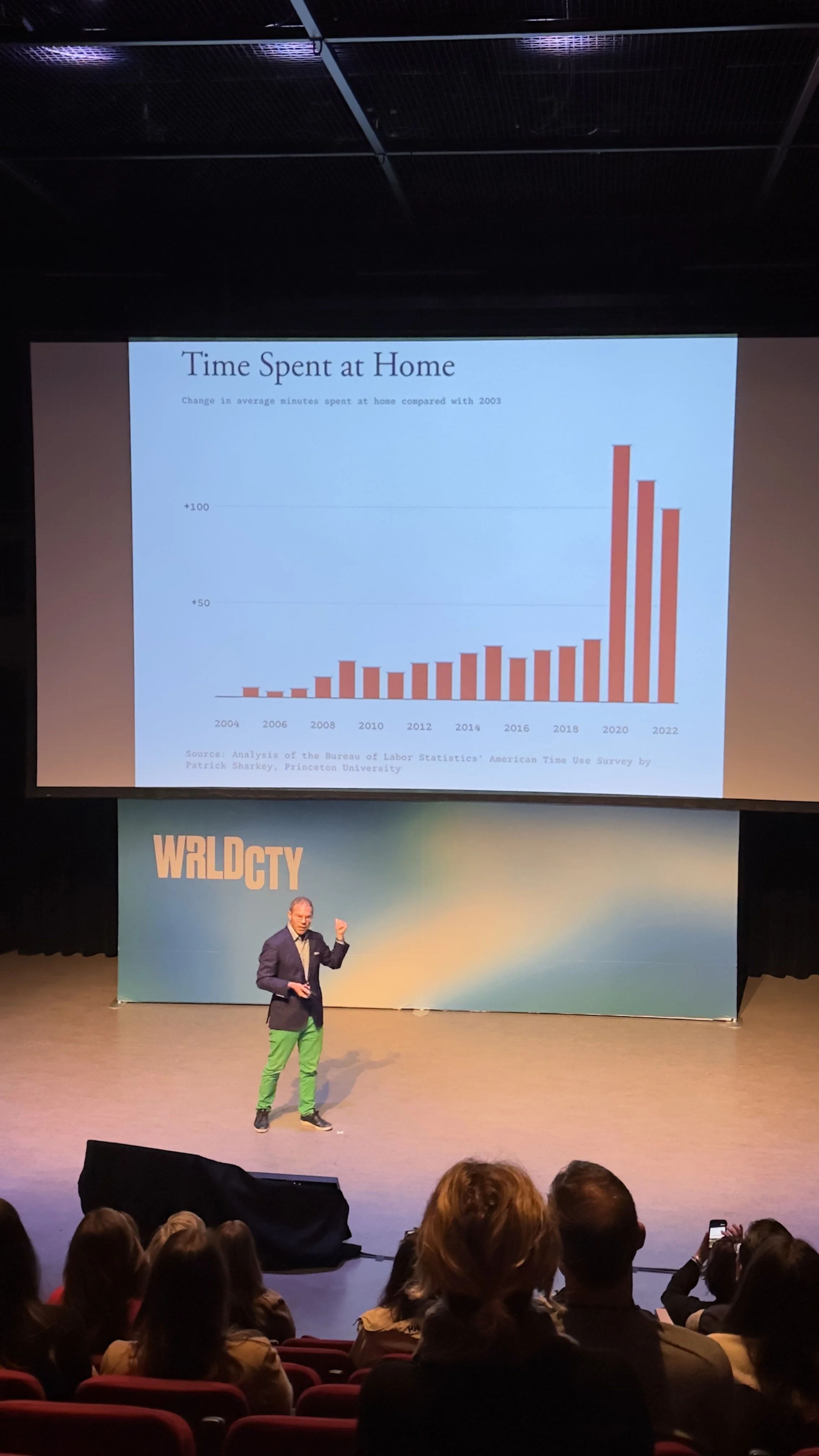We had an incredible few days at WRLDCTY 2025 in Vancouver — the global forum for urban innovation, placemaking, and city building.
Across three days of site tours, talks, roundtable and workshops, WRLDCTY brought together over 200+ city makers, designers, and policymakers from around the world to exchange ideas on how to build cities that are inclusive, connected, and future ready.
📍 On the ground in Vancouver, we saw :
Granville Island is a model of adaptive reuse and community led vibrancy that continues to evolve. It shows how arts, markets, and operator partnerships keep a district active through the week. A consistent calendar, reliable services, and clear roles between tenants and the operator keep energy high beyond weekends.
Sen̓áḵw demonstrated Indigenous leadership in delivery, governance, and long-term stewardship. Early authority, clear design intent, and revenue models tied to community outcomes are shaping a new urban template. Canada’s largest Indigenous led housing project, balancing density, design, and cultural leadership.
False Creek and Olympic Village offered lessons in waterfront living, energy systems, and everyday walkability. Demonstrating coastal resilience, energy innovation, and people centred planning in action. Small blocks, mixed uses, and simple water edge comforts make daily life easy while supporting climate goals.
✨ Key insights we’re bringing back:
💡 Trust is the new infrastructure - Our cities thrive when they nurture empathy, belonging, and human connection — design follows from that foundation.
💡 Indigenous leadership builds resilience - Projects like Sen̓áḵw demonstrate that First Nations led approaches don’t just enrich culture, they redefine what sustainable urban growth looks like.
💡 Partnerships make places possible - Collaboration across tourism, housing, culture, and governance is what unlocks shared city identity and lasting impact.
💡 Embrace the productive mess - Cities that allow informality, experimentation, and play remain adaptable — real connection happens between the plans.
💡 Programming sustains place - Spaces come alive when they’re programmed with care and intention. Activation isn’t a one time event — it’s how public life endures.
💡 Joy builds resilience - Charles Montgomery’s Happy Cities reminded us that trust is infrastructure. Designing for happiness, empathy, and belonging is not a luxury — it is the foundation of civic health.
💡 Messiness makes cities human - Zahra Ebrahim’s Messy Cities keynote captured the beauty of spontaneity, imperfection, and informal use — the lifeblood of authentic public space.
WRLDCTY reinforced what drives us at Reactivate: great cities are not designed only for people — they are designed with them.
Huge thanks to the organisers who made this global gathering such an inspiring few days.
#WRLDCTY #Vancouver #Placemaking #CityBuilding #UrbanInnovation #PublicSpaces #UrbanDesign #CommunityEngagement #ReactivateConsulting
